When getting into deeper processes of treatments, you will probably hear about DBT and CBT. (Dialectical Behavior Therapy and Cognitive Behavioral Therapy.) Both of these are psychotherapy and useful for trauma informed therapy in Orange County. Therapists use them to help people with emotional problems, mental health illnesses, and other psychological concerns. And while they are similar, they are best used for specific purposes. We are going to talk about DBT for trauma.
DBT focuses on helping people with strong emotional reactions to situations who ACT a certain way because of it. It teaches them how to handle their feelings in healthier ways. With DBT, we certainly talk about what’s happening, but we also may practice mindfulness or emotional regulation. We focus on what to do when things get tough. This therapeutic approach also helps people recognize and replace maladaptive habits.
CBT is more on the cognitive side, i.e., understanding your thinking and how your thoughts have gotten you to a certain place. It helps you replace harmful or destructive thoughts with healthy ones that can move you to wellness.
Both are helpful for trauma and PTSD. But in different ways.
Contact Story Wellness
Understanding DBT for Trauma
In addition to talking and thought processes, DBT for trauma will involve learning skills or focusing on actions you can take to make a difference in your life as situations come at you. Here are some beneficial tactics DBT will teach for someone struggling with trauma or PTSD.
Mindfulness for Trauma
You learn mindfulness skills to build your capacity to nurture acceptance. Cultivating acceptance helps you acknowledge that uncomfortable situations don’t call for escape tactics or reactivity. DBT offers the idea of a “wise mind,” which addresses the optimal balance of your reasoning, or “sensible psyche,” and your “emotional mind”: incorporation of rationale and instinct that can help you feel more focused and calm.
Emotion Regulation for Trauma
The approach doesn’t work to eliminate your emotions. Instead, it focuses on reducing the suffering of ineffective reactions to your feelings. DBT for trauma recognizes that uncomfortable emotions aren’t destructive or the consequence of a bad attitude. Mindfulness and acceptance allow these emotions to surface because they’re meant to be felt. Emotional regulation can help you learn how to differentiate between emotions and “action urges.” The process encourages you to consider your thoughts and feelings before acting or reacting.
Distress Tolerance for Trauma
Since pain and distress are part of our lives, you can’t entirely avoid them. DBT for trauma enables you to increase distress tolerance, which helps you manage painful emotions skillfully. Skillful action may involve acceptance without expecting to resist reality or change it. Skillful action may also require change, e.g., recognizing when to leave an unhealthy condition.
Interpersonal Effectiveness
DBT teaches interpersonal effectiveness skills that focus on boundaries, assertiveness, and managing conflict. Interpersonal effectiveness skills include learning to handle conflicts gently. Assertiveness emphasizes building your capacity to ask for whatever you want, regardless of whether you might be told no. Self-assertion entails developing self-respect and nurturing a sense of worthiness. Such skills are catalysts for positive self-esteem and inner strength.
The Significance of DBT for Trauma
Trauma affects millions of people each year. Although it takes time to heal from trauma, most patients deny themselves peace by avoiding acknowledging what happened. However, there’s probably still some internal conflict that has an unrecognized impact on you or your loved ones. If you want to avoid the trauma and “just move on,” confronting it might seem counterproductive.
To talk more about how DBT can help trauma, or talk about which treatment in Southern California is best, call Story Wellness at (866) 476-2823.
Sources:
- Behavioral Tech, LLC. (n.d.). What is DBT? Retrieved from Behavioral Tech.
- Mayo Clinic. (2020). Dialectical behavior therapy. Retrieved from Mayo Clinic.
- Neacsiu, A. D., Rizvi, S. L., & Linehan, M. M. (2010). Retrieved from PubMed.
- The Linehan Institute. (n.d.). DBT Skills. Retrieved from The Linehan Institute.






